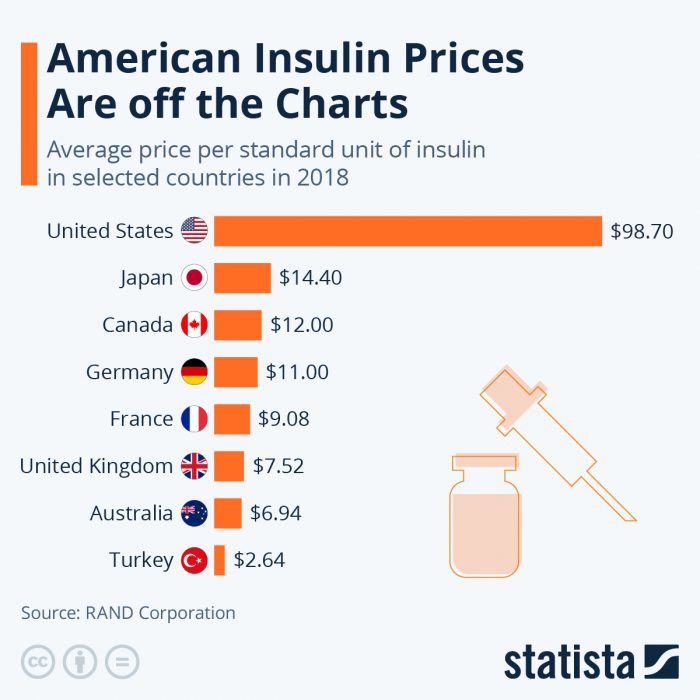Octavia Miller was just a regular kid from Fishers, Indiana. Her mom was a Type 1 Diabetic so she was used to her mom checking her blood sugar and giving herself insulin shots. Octavia seemed to be in the clear until she was diagnosed at a very unfortunate time.
“I was sent to the hospital, I was 16,” she said. “Overnight I turned 17.”
This happened her junior year at Hamilton Southeastern high school, at a time when college was the next big thing on her mind. She was so close to leaving home and being away from her family, and now she had to learn how to manage her diabetes by herself. Nevertheless, she decided to proceed with going to Indiana University even though it meant she would be further away from her family.
“I think the biggest thing, especially with type 1 diabetics usually since they are diagnosed so early on that they grow up with it, or like have their parents help with it,” she said. “But I literally got diagnosed right before college, so I was being sent off to school and I was expected to master this on my own.”
Not only did Octavia have to learn the ropes to being a diabetic, she also had to make the difficult transition to college. Entering into freshman year is often known to be a very difficult adjustment for many students, and having diabetes made it even more challenging.
Octavia tells the story of the first insulin shot she ever gave herself.
“I’ll face a bunch of complications from diabetes whether it be like, my visions blurry, or my hands and feet are tingling from high-blood sugar, or I don’t know, I’ll have like extreme weight loss sometimes,” she said. “And like all that kind of takes a toll on my mental health, my ability to do school work, and so I miss alot.”
Academic hardships are not the only things that people suffering from diabetes face. For a long time the price of insulin was very high and wasn’t always covered by insurance, not to mention it was also hard to get. Back in 2022 the House of Representatives passed a bill that capped insulin prices, but never enforced the issue. However, Eli Lilly recently announced the cutting of Insulin prices to $35 a month, which is down 70% from the previous price, meaning cheaper and more accessible insulin. That being said, Octavia feels she hears this sort of talk often and is holding a healthy skepticism.
“I think it’s a good thing to hear but I’m skeptical, because I feel like I always hear talk about insulin prices changing and access to insulin being better but it’s usually all talk,” she said. “But I use Humalog which is one that Eli Lilly produces so if they make a price change that would be great, but as of right not I’m pretty skeptical that it’ll actually change.”
A very recent former representative for Eli Lilly discussed the process of changing insulin prices. Stephanie Johnston worked in the Public Relations department at Eli Lilly for 15 years. While working at Eli Lilly Stephanie worked with the insulin division to created public strategies and timetables on when certain changes could take effect. For instance, the reduction of the price of insulin is the last thing she helped work out. When asked about why some patients, such as Octavia, have not seen the decrease in payment she had this to say.
“Patients should be able to receive the benefit in mid-June we’re anticipating,” she said. “So mid-summer we hope that are customers will be able to feel that advantage coming into their pocket.”
Stephanie Johnston explains how Eli Lilly views the market, and why the price deduction was now possible.

